As I was unsure of what “symbiotic” meant in the context of actors and directors, I began to travel to the land of the “lexicons,” a green, fertile place found only in the imagination. Sometimes there’s a pot of gold, and sometimes there is a cold, hard fact that cannot be ignored.
Biologically speaking, symbiotic refers to any diverse organisms that live together, but in some cases, the relationship is not necessarily beneficial to both. Symbiosis, the living together of two dissimilar organisms in more or less intimate association or close union, and often in a mutually beneficial relationship, is obviously a more positive description. Cinematically speaking, a successful collaboration in a more or less intimate association or close union might apply to Gena* Rowlands and John Cassavetes because an “intimate association” can’t become much closer than a married couple. Their “symbiotic” professional relationship involved the creation of 10 movies together; their personal union, three children.
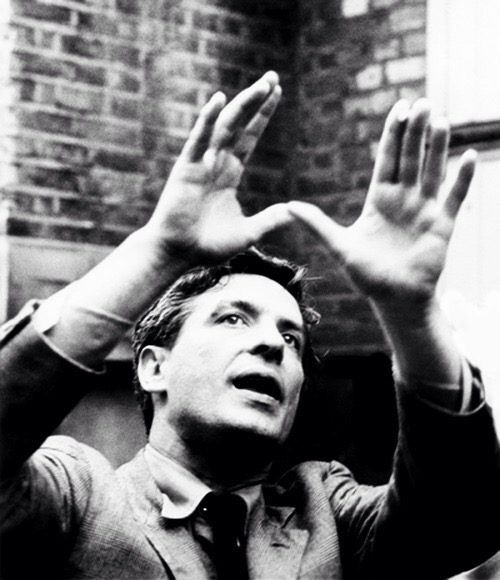
“When I started making films, I wanted to make Frank Capra pictures. But I’ve never been able to make anything but these crazy, tough pictures. You are what you are.”
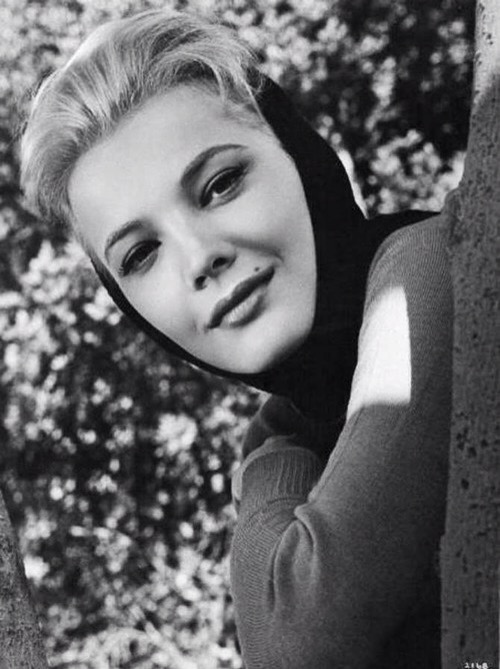
“I always, always wanted to be an actress. It came from reading so much.” Gena Rowlands
As for classic symbiotic relationships, the fine line between the classic era, classic films, and just plain classy collaborations is often a subject for debate among professional cinema critics, social media aficionados and gainfully employed members of the entertainment profession. For me, though, interpretation of film is more personal. I always evaluate movies on the basis of how they resonate with me personally, and how they relate to my experiences and relationships with people and events that I have experienced. When I first knew of Gena Rowlands, the movie actress, she immediately reminded me of my mother, who loved watching Rowlands’ appearances on televsision’s Peyton Place. The actress’s strength and vulnerability in Lonely Are The Brave (1962) with Kirk Douglas made that connection for me when I first saw it on the afternoon movie. I also found that one of her lesser known performances in Charms for the Easy Life (2002), a television film from HBO, was also another dimension to her range as an actress, and another personal favorite of mine. Her conventional and unconventional characterizations with and without the influence of her husband, director, and collaborator always intrigued me.
But before the classic symbiotic collaboration occurred, Rowlands landed initial steady employment. According to her comments to Andy Warhol in his Interview magazine in December of 1992: “My first-ever job was in New York ushering in a little art theater. I was 21, maybe. I can’t remember. I saw Marlene Dietrich 38 times in Der blaue Engel (1930)—The Blue Angel—and I just sat there and held my flashlight, or stood there and held my flashlight. But she was wonderful.”
Rowlands’ parents had been supportive. Warhol asked Rowlands if she had any regrets, but she reponded that she didn’t. “I’ve been awfully lucky. I really have. My parents were the greatest parents in the world about encouraging me to do whatever I wanted. After school and three years at university, I went home and said, ‘I would like to quit and go to New York and be an actress.’ My mother said, ‘That sounds like something very interesting.’ And I said, ‘What about Daddy?’ And she said, ‘Ask him.’ I went [to my father]: ‘Dad, would you be okay if I left school and went to New York and became an actress?’ He said, ‘I don’t care if you want to be an elephant trainer if you really want to.’ So I said, ‘Well, I don’t want to be an elephant trainer…’ I grabbed them while they were all smiling and got on an airplane and went to New York and auditioned for the American Academy of Dramatic Arts. I went there and then I was auditioning for things.”
Of Greek heritage, Cassavetes was “educated at the American Academy of Dramatic Arts in New York City, and auditioned for The Actors Studio when he was beginning his career, but was initially rejected.” In Ray Carney’s Cassavetes on Cassavetes book, Cassavetes confessed to his parents that he wanted to be an actor. His father wasn’t initially thrilled at the idea of his son being an actor, but told him that he had to work hard because he would be portraying human emotions truthfully. Cassavetes’ friend and actor Peter Falk once stated that “Every Cassavetes film is always about the same thing. Somebody said ‘Man is God in ruins,’ and John saw the ruins with a clarity that you and I could not tolerate.”
In 1954, Rowlands and Cassavetes married, and the personal and continuing professional union lasted 35 years until Cassavetes’ death in 1989. The pair had three children, Nick, Xan, and Zoe, all of whom have sought careers in the entertainment field.
Cinematically speaking, as the “successful collaboration in a more or less intimate association or close union” evolved between Rowlands and Cassavetes, they engaged in creating 10 movies together: A Child Is Waiting (1963), Faces (1968), Gloria (1980), Love Streams (1984), Minnie and Moskowitz (1971), Opening Night (1977), A Woman Under the Influence (1974), Machine Gun McCain (1969), Two-Minute Warning (1976) and Tempest (1982). Cassavetes, hailed as one of the innovators and pioneers of the independent film movement beginning in the late1950s, and Rowlands, an actress whose credits include such notable performances asThe Notebook(2004), directed by her son Nick Cassavetes, and her Oscar-nominated portrayals in Gloria (1980) and Woman Under the Influence (1984) directed by her husband, John Cassavetes.
For writer Alex Simon, Cassavetes was “primarily known to most of the public as a veteran character actor,” but he “left behind his greatest artistic legacy as an independent filmmaker with a unique voice and vision.” in 2004, Simon interviewed Peter Falk, Ben Gazzara and Gena Rowlands, whom Simon calls Cassavetes’ “widow/muse,” for Venice Magazine.
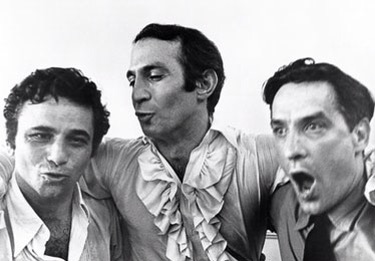
Peter Falk, Ben Gazzara, and Cassavetes
Actor Ben Gazzara’s first colloboration with Cassavetes as his director began in 1970 on the pre-production to Husbands, also starring Peter Falk, and Rowland’s brother, David.
“John and I became dear, dear friends.” According to Simon’s discussion with Gazzara, Cassavetes had a specific approach to preparing a film. “A lot of people had the misconception that John improvised his films, which wasn’t true. We rehearsed for two or three weeks before we shot. Occasionally a scene would be completely improvised, but only occasionally. The rehearsal was in order to give the impression of it happening for the first time, and also for the purpose of rewriting. John loved to rewrite on his feet. He’d just tear things apart, and try six, seven different ways of doing things. So by the time you got on the floor, with the camera present, you were pretty secure with where you were. John’s films were made through his actors. He loved being surprised during rehearsals and wanted you find things within yourself that would even surprise you.”
Gazzara wasn’t intiimidated on his first professional collaboration with Cassavetes in Husbands as Cassavetes “wasn’t afraid of taking any trip you wanted to take. The only thing John hated was if you didn’t try, if you didn’t ‘put it up,’ as he used to say. ‘Put it up!’ So I felt right at home, because that way of working was my idea of joy: where everything is open and everything is possible and nobody can do wrong. There is no wrong. It might not be right, but it ain’t wrong.”
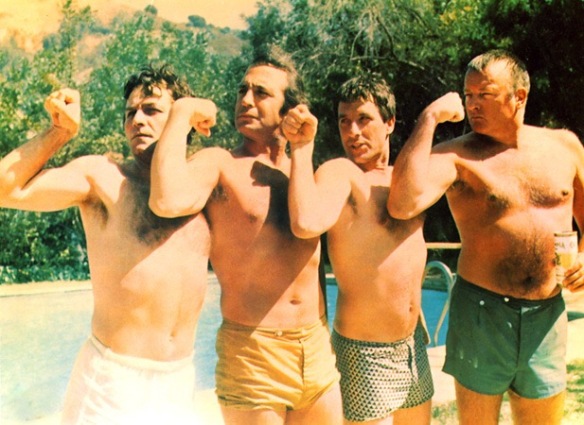
Falk, Gazzara, Cassavetes, and Rowland’s brother David in a scene from Husbands…
Peter Falk, best known as television’s Columbo, wearing a beleagured trenchcoast and an attitude of perseverance, also collaboraed with Cassavetes first, in Husbands, and then in A Woman Under the Influence, playing Gena Rowlands’ beleaguered spouse. Falk and Cassavetes remained close friends after Husbands (along with Ben Gazzara). In the interview, Simon stated that he felt Cassavetes’ films were like “jazz,” and Falk responded candidly:
“That’s very interesting, because Elaine May once said that the difference between ad-libbing and improvisation is that when jazz musicians improvise, they do so off a pre-existing theme. So if you are ad-libbing, and you’re just throwing out words that aren’t in the script, you’re not improvising off any kind of theme. So true improvisation has to do with improvising off something that exists. And that’s the difference between boring, realistic ad-libbing, which is spontaneous, but it has no shape. It has no form. But real improvisation, the kind you see in Cassavetes films, is related to a pre-existing theme.”
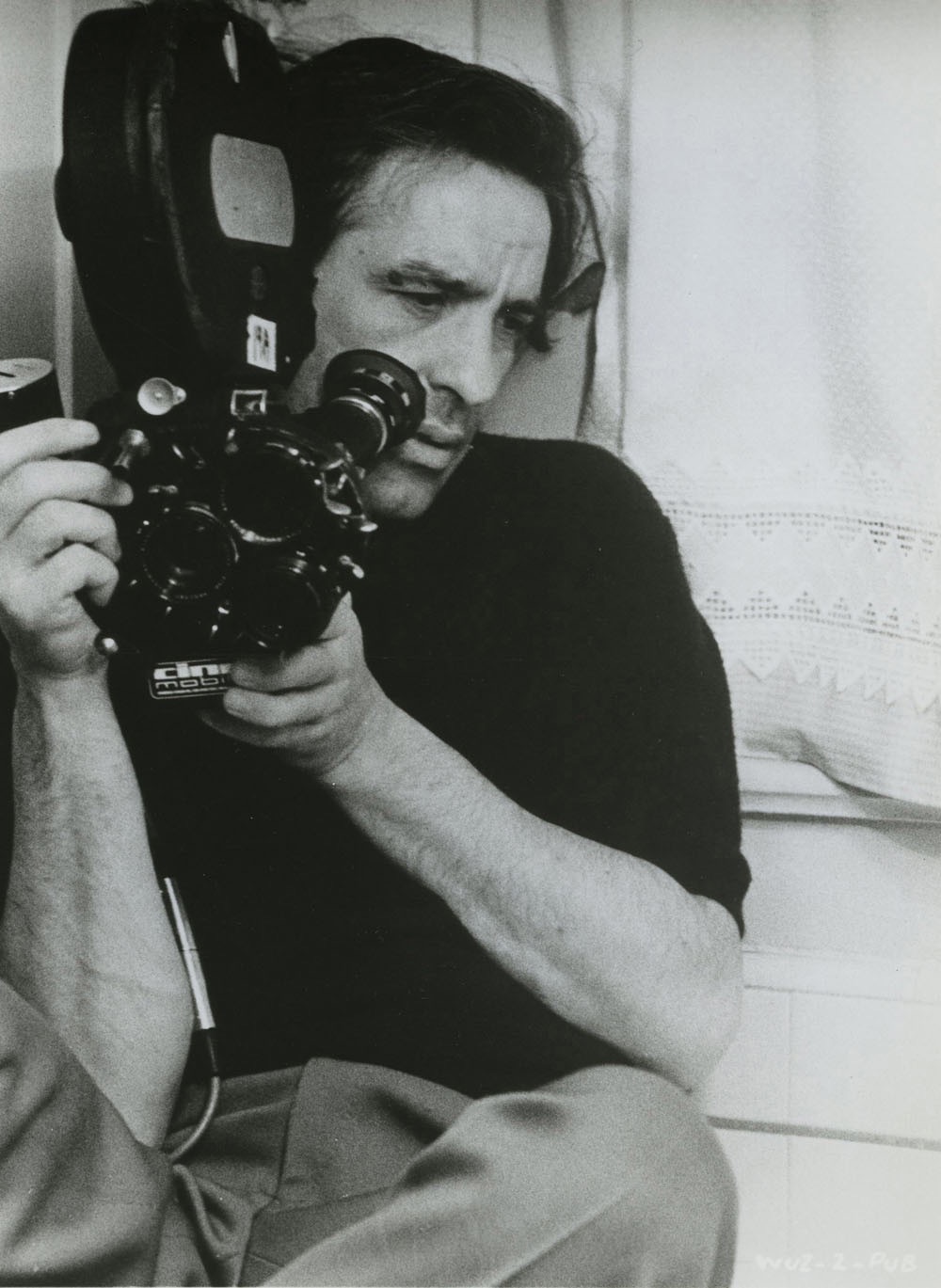
Cassavetes on Cassavetes…
“There’s a difference between ad-libbing and improvising. And there’s a difference between not knowing what to do and just saying something. Or making choices as an actor. As a writer also, as a person who’s making a film, as a cameraman, everything is a choice. And it seems to me I don’t really have to direct anyone or write down that somebody’s getting drunk; all I have to do is say that there’s a bottle there and put a bottle there and then they’re going to get drunk. I don’t want to tell them how they’re going to get drunk. I don’t want to tell them how they’re going to get drunk, or what they would do, and I don’t want to restrict them in being able to carry out a beat, to fulfill an action. You can’t say somebody’s drunk, or in love.” John Cassavetes
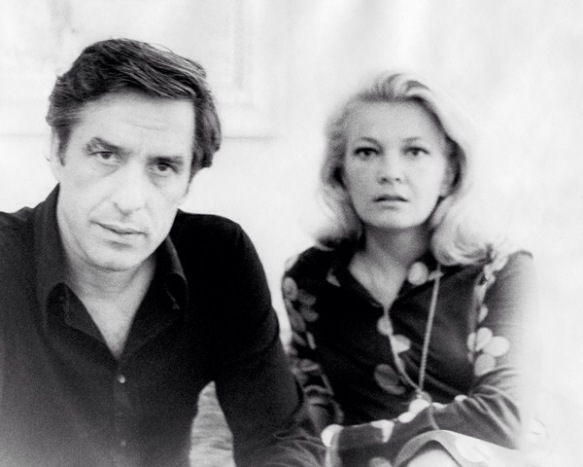
During Rowlands’ discussion with Simon, the writer revealed that Gazzara felt he’d been “set free” when he began to work with Cassavetes, and Rowlands agreed. “I think that’s very true for all of us. There was such freedom. The way other pictures are set up, there isn’t quite that freedom. They’re set up in a much more businesslike way.”

Rowlands went on to explain how Cassavetes process was different. “For example, most films are shot out of sequence, usually scheduled according to cost. John would always shoot his films in sequence with the script, and that made such a big difference for the actors. You never felt as though someone was about to come down on you when you were working with John. He would never let you stop yourself during a scene.” For me, all of Rowlands on screen performances have meaning, but her collaborations with her husband elicited a depth that didn’t seem apparent in some of her other characerizations, and perhaps the freedom she felt with his guidance settled into her soulful appearances in her later work after Cassavetes passing in 1989. Her give and take with James Garner in The Notebook and her women who march to the beat of a different drummer in her films and her made-for-television movies unabashadely force the viewer to experience her point of view. The freedom Cassavetes gave her, like the freedom he gave Falk and Gazzara, filtered through her interpretations like snowdrops on a touchstone, crystallizing moments in time.
Simon’s article also revealed how Cassavetes’ intense focus would affect a production.. “Oftentimes,” Rowlands claimed, ” a plane will go overhead during a shot, and the actor will just stop, because he or she knows that they’re going to cut. John insisted that you keep going always, until he said “cut.” What happened was that you kept your concentration and pretty soon, you didn’t hear the plane, or the fire engine, or whatever it was. It was a very valuable way of working. He did so many things that were unique. His use of body mikes for sound were great because you didn’t have to hit any marks, you could just go more or less where you wanted. And the lighting was such also that you could move quite freely. He lit in a very flat way that was more natural. You didn’t get to have a good light or a bad light, and most actors know what that means. We all had to work in the same light.”
In trying to elicit a more definitive comment from Rowlands, Simon found he couldn’t budge her from a committed perspective on her husband’s process when she revealed that “John always said ‘Don’t give interviews about what I was thinking, or what I was doing. If anybody wants to know me, let them look at my work. That’s it.'”

The most effective method of experiencing the Rowlands/Cassavetes symbiosis is to “look at” the work, like Cassavetes cautioned Rowlands. Viewers won’t be disappointed at the smooth, organic connection between actress and director, or husband and wife.
LINKS And RESOURCES….
Reuben Guevara’s article for Thompson on Hollywood: http://blogs.indiewire.com/thompsononhollywood/watch-set-to-receive-honorary-oscar-gena-rowlands-reflects-on-literature-and-film-20151109
“What Movies Mean to Me,” Gena Rowlands for Academy Originals: https://m.youtube.com/watch?v=3ih9G2GnKRs
IMDb-Gena Rowlands: http://www.imdb.com/name/nm0001687/?ref_=nmbio_sp_1
IMDb-John Cassavetes: http://www.imdb.com/name/nm0001023/bio?ref_=nm_ov_bio_sm
Q & Andy: Andy Warhol interviews Gena Rowlands in 1992 for Interview Magazine: http://www.interviewmagazine.com/film/andy-warhols-interview-interview-savannah-film-festival-2014-gena-rowlands
John Cassavetes–An Appreciation by Alex Simon: http://www.huffingtonpost.com/alex-simon/john-cassavetes-an-apprec_b_7058880.html
John Cassavetes and Gena Rowland Make Movies the Hard Way–With Their Own Money!; http://www.people.com/people/archive/article/0,,20088841,00.html
A thirteen-year-old girl from Argentina has also been inspired by the symbiotic relationship between John Cassavetes and Gena Rowlands. Here’s a link to her blog, Silver Velvet Sky: https://silvervelvetsky.wordpress.com/2011/10/11/constant-forge/
This article has been prepared specifically to celebrate Classic Symbiotic Collaborations: The Star-Director Blogathon. Go to CineMaven’s Essays From The Couch to read more fabulous entries!
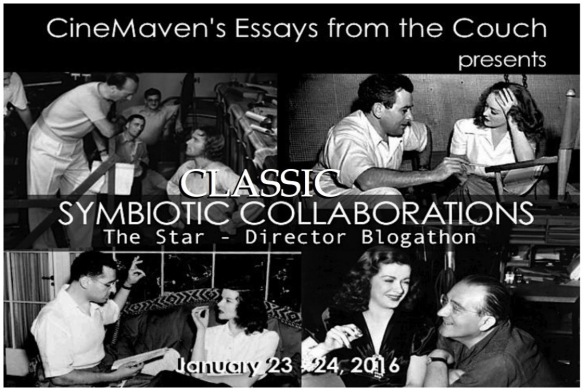
Follow me on Twitter: @suesueapplegate
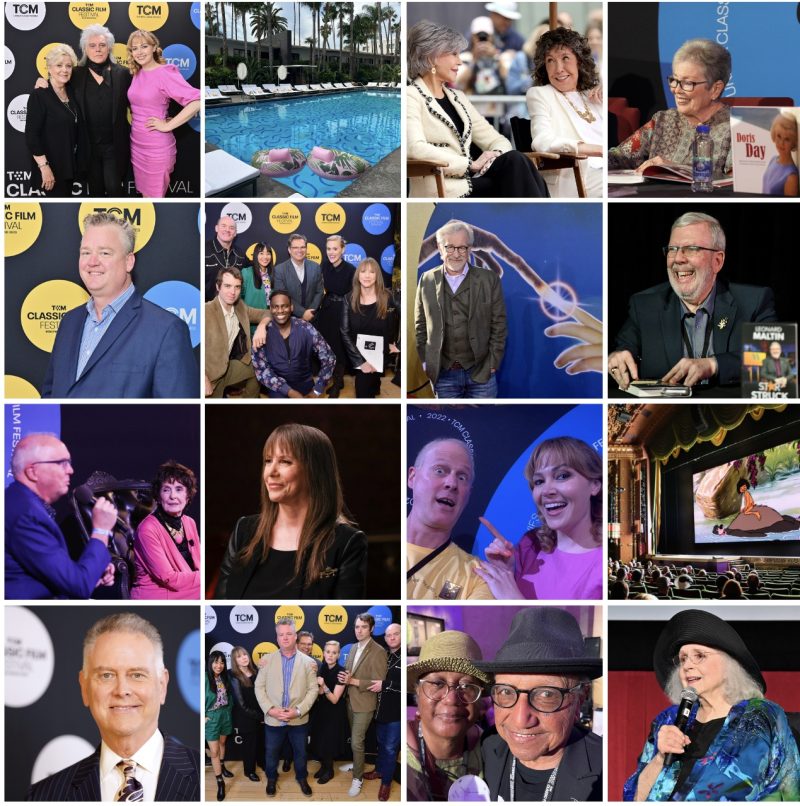
I have been watching a lot of the old Alfred Hitchcock tv show and have been delighted to see several that featured Rowlands, or Cassavetes, or the two of them together-what talent! Gloria is an excellent film and one I want to watch again, and soon! Enjoyed this post immensely!!
Thank you! Your sweet comments are much appreciated. I find that Gena Rowlands’ performances always resonate with me, and I need to check out some more of those Hitchcock programs. I know I would enjoy seeing the Cassavetes’ and Rowlands’ appearances.
Reading about the creative process of these two individuals, whose partnership transcends their individual work, has been quite an education. Thank you.
Thank you so much for stopping by, Patricia, and I appreciate your comments! I always enjoy reading your posts, too.
I’m not familiar with most of these films. I’ll have to look for them. Love the quote from Peter Falk, the one about man being God in ruins. Great stuff.
Yes, Chris. That was my favorite quote, too. You’d probably like the quirky “Minnie and Moskowitz” as well as a few others. Please do yourself a favor and check them out. One of them is being screened on Tuesday. (I think it’s “Gloria.”)
This is terrific, Christy. Such interesting people and great artists. I was thinking of Cassavetes the other day when during a ‘The essentials’ introduction it was stated that Robert Redford started the indy movement. Or at least that’s how I understood it. I thought, “wait a minute…” Anyway – I think my brain waves – as simply as they may be – got to you. 😉 REALLY enjoyed this entry!
Aurora
Thanks, Aurora! Yes, Cassavetes was indie before indie was cool. But Robert Redford escalated the movement and made it popular and more accessible. And, yes, I believe in vibes, too!
Pingback: BLOGATHON ANNOUNCEMENT | CineMaven's ESSAYS from the COUCH
I know far too little about Cassavetes and Rowlands so this was a very enlightening post, thank you! The insights into the directors’ working methods were so interesting, I can you had to plugged into his way of doing things or it didn’t happen at all. Look forward to catching up with these films.
PS – I’m glad you were unsure about the meaning of symbiotic within this context too. I had to think about it a bit 😉
Thank you so much, GirlsDoFilm! I felt the need to clarify the term for me in the context of the blogathon because I needed to know my parameters concerning Rowlands’ and Cassavetes’ collaborative efforts. This was a difficult subject because there were so many fabulous comments from the couple and their friends and colleagues. The hardest part about writing about them was deciding what to include and what to remove. 😉
Enjoyed this well researched piece. Especially liked Peter Falk’s comments about what constitutes “improvisation.”
Thanks, dannishimura! I liked Falk’s comments, too. So much information about them that I wasn’t able to add to this article! Please read more about them. It’s fascinating!
Thank you for this very nice piece on one of the most intriguing couples in film and a rare example of a marriage-for-life that is also a long-term artistic collaboration. And two people with so much It that sometimes I marvel that a single frame could contain all that beauty and sex appeal.
Thanks, Lesley! They are a phenomenon, and a rarity, not only in Hollywood, but as American filmmakers.